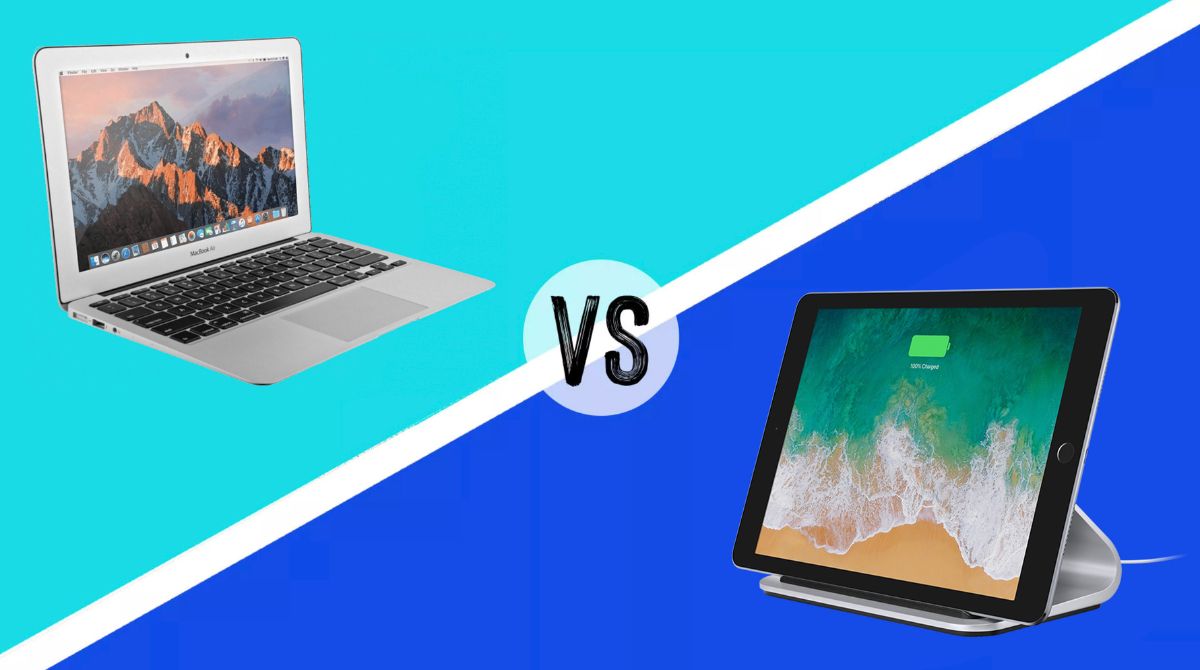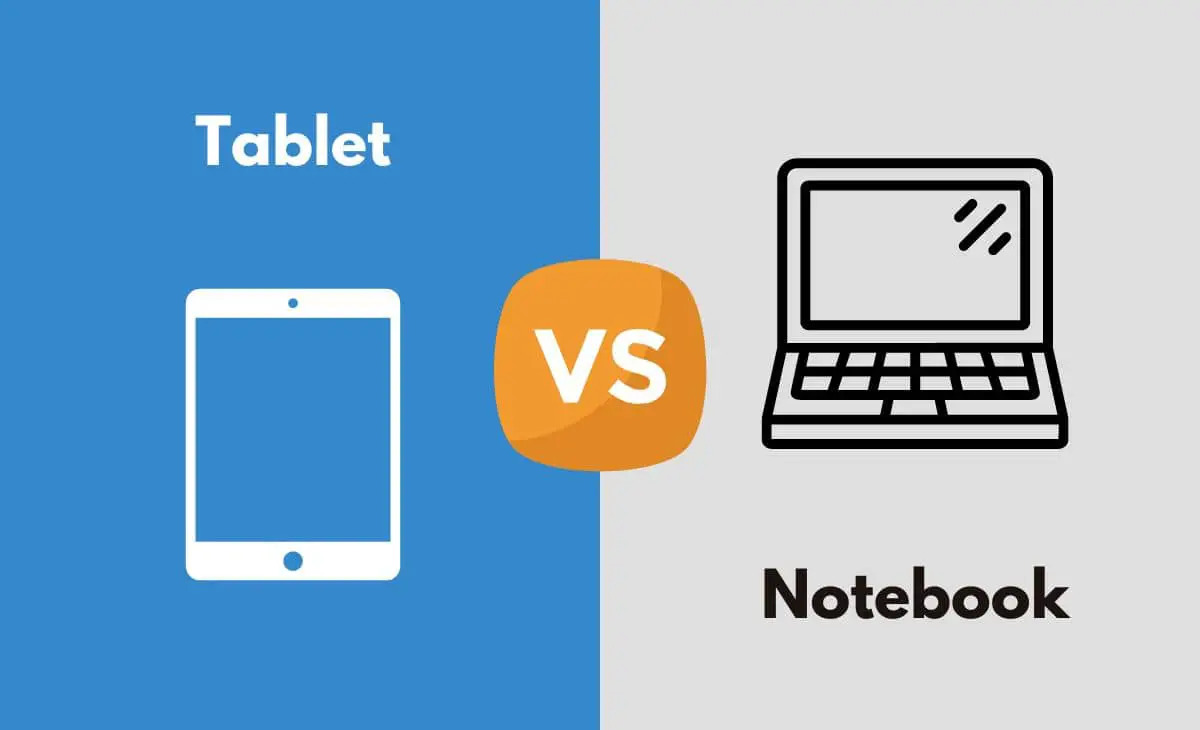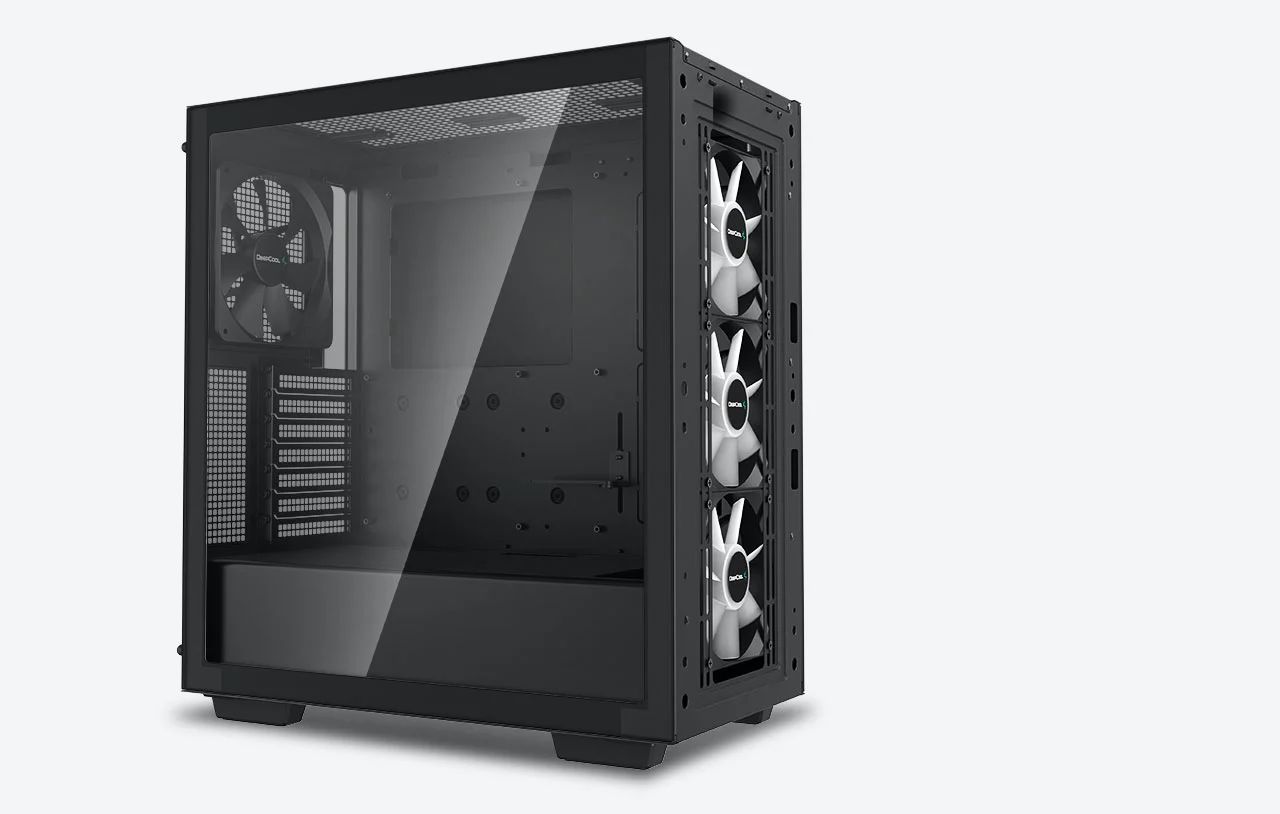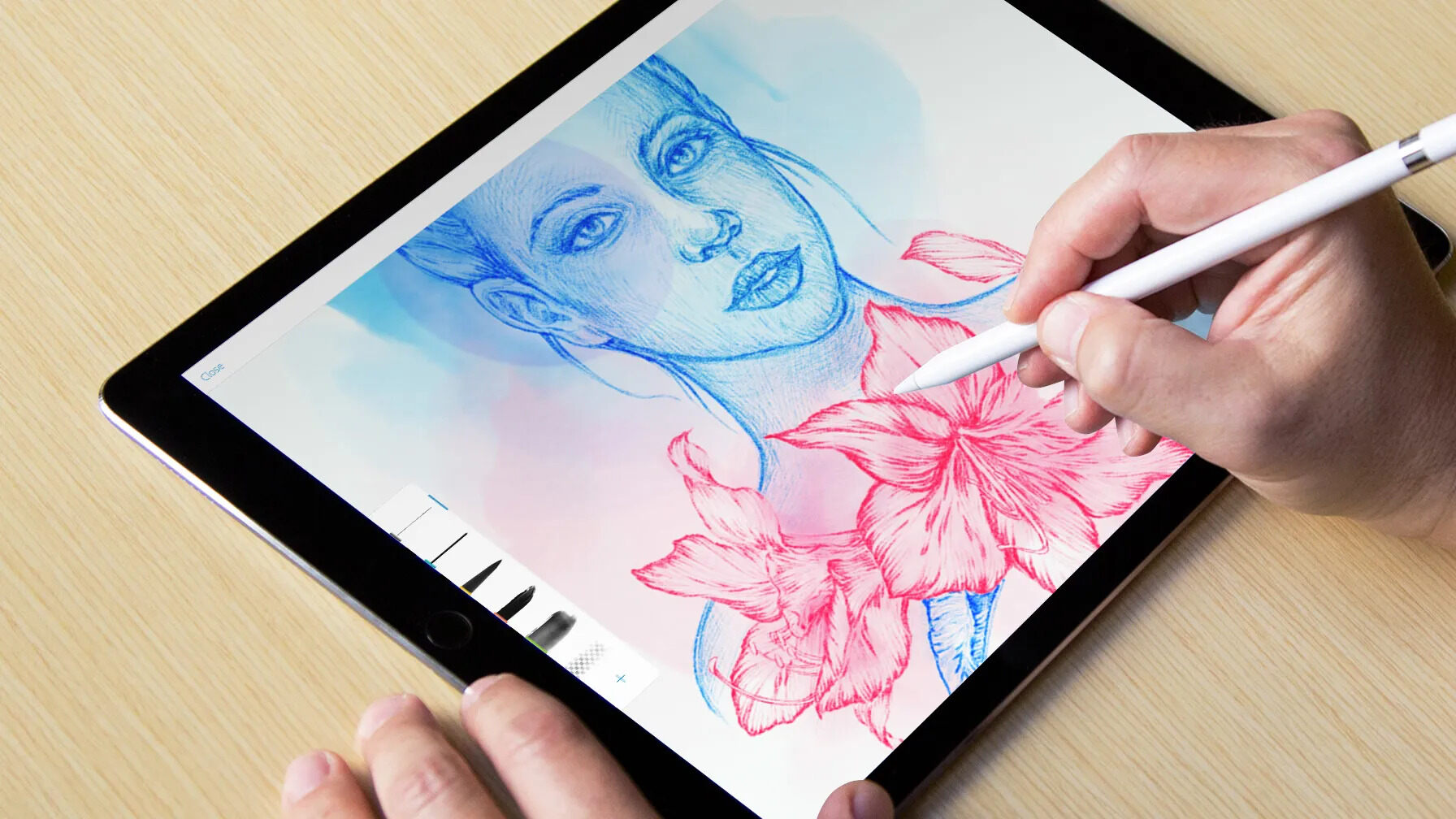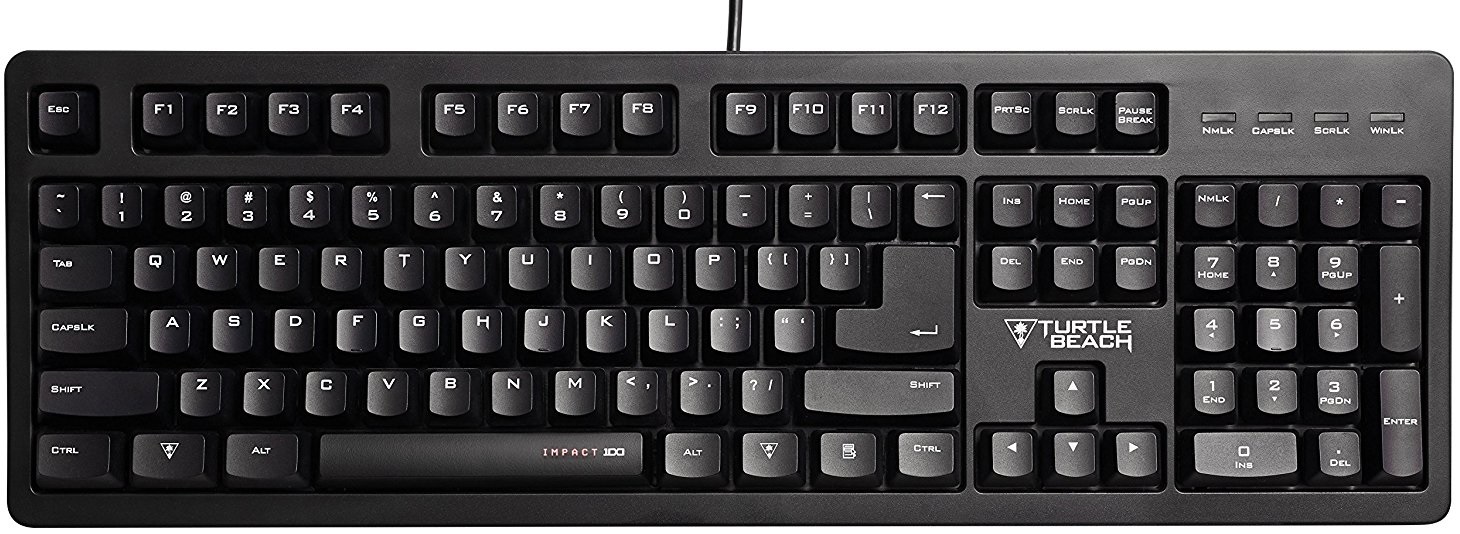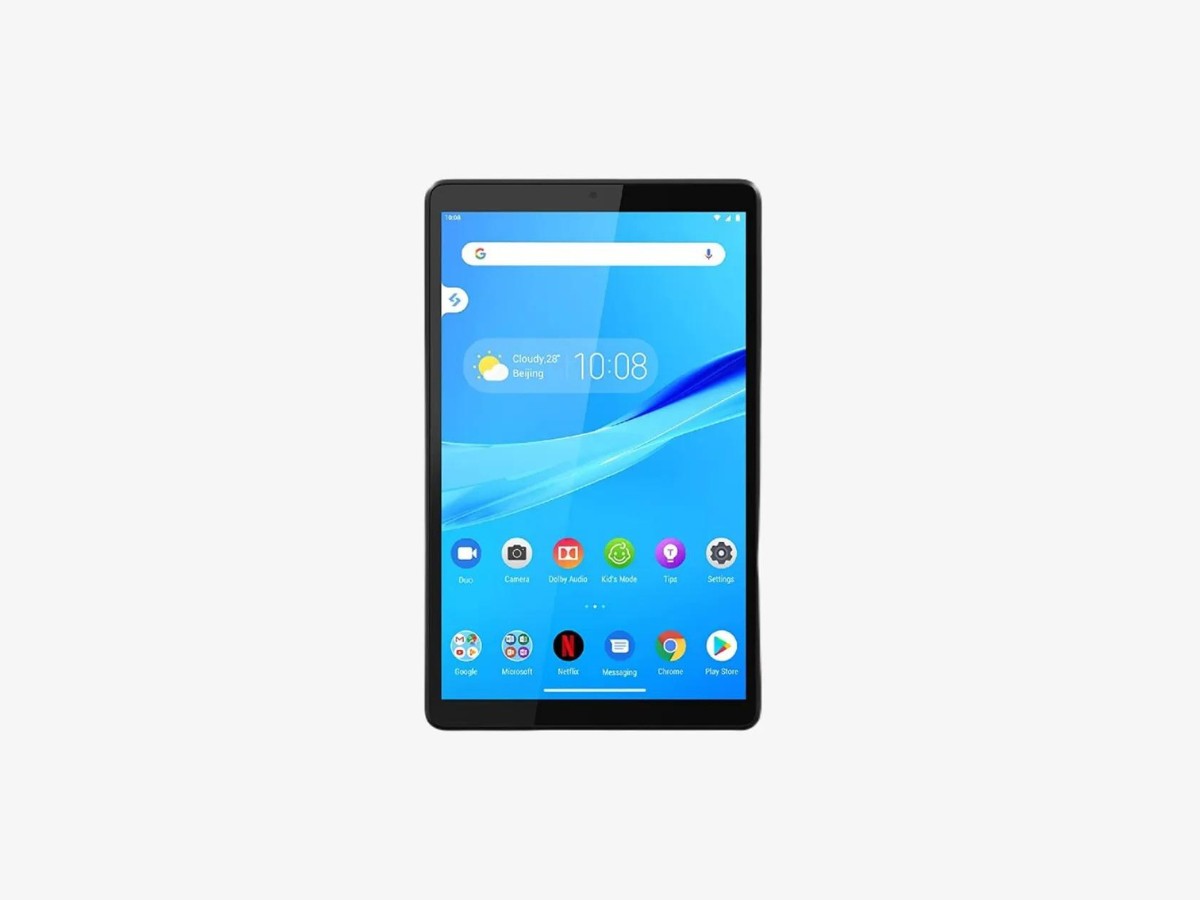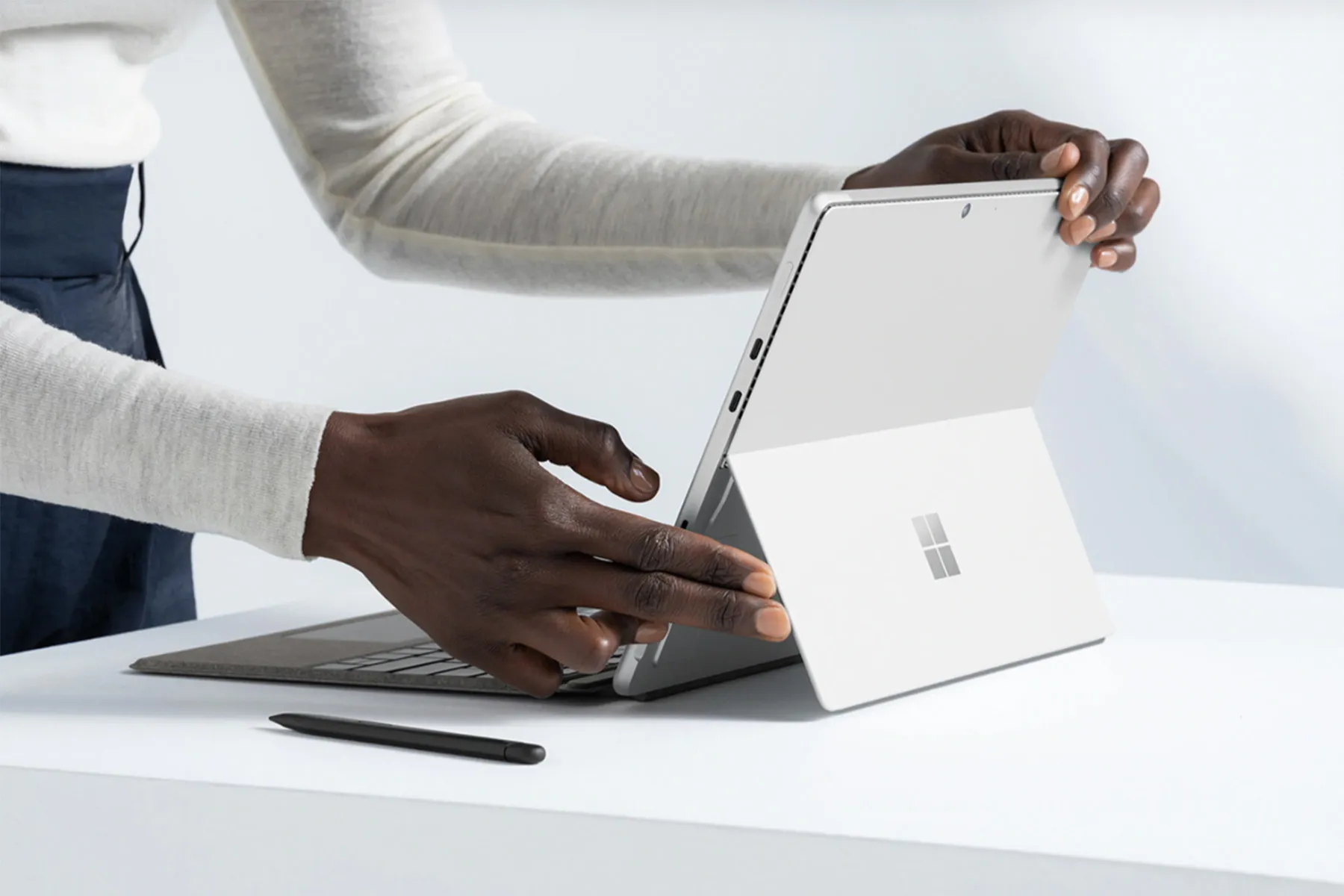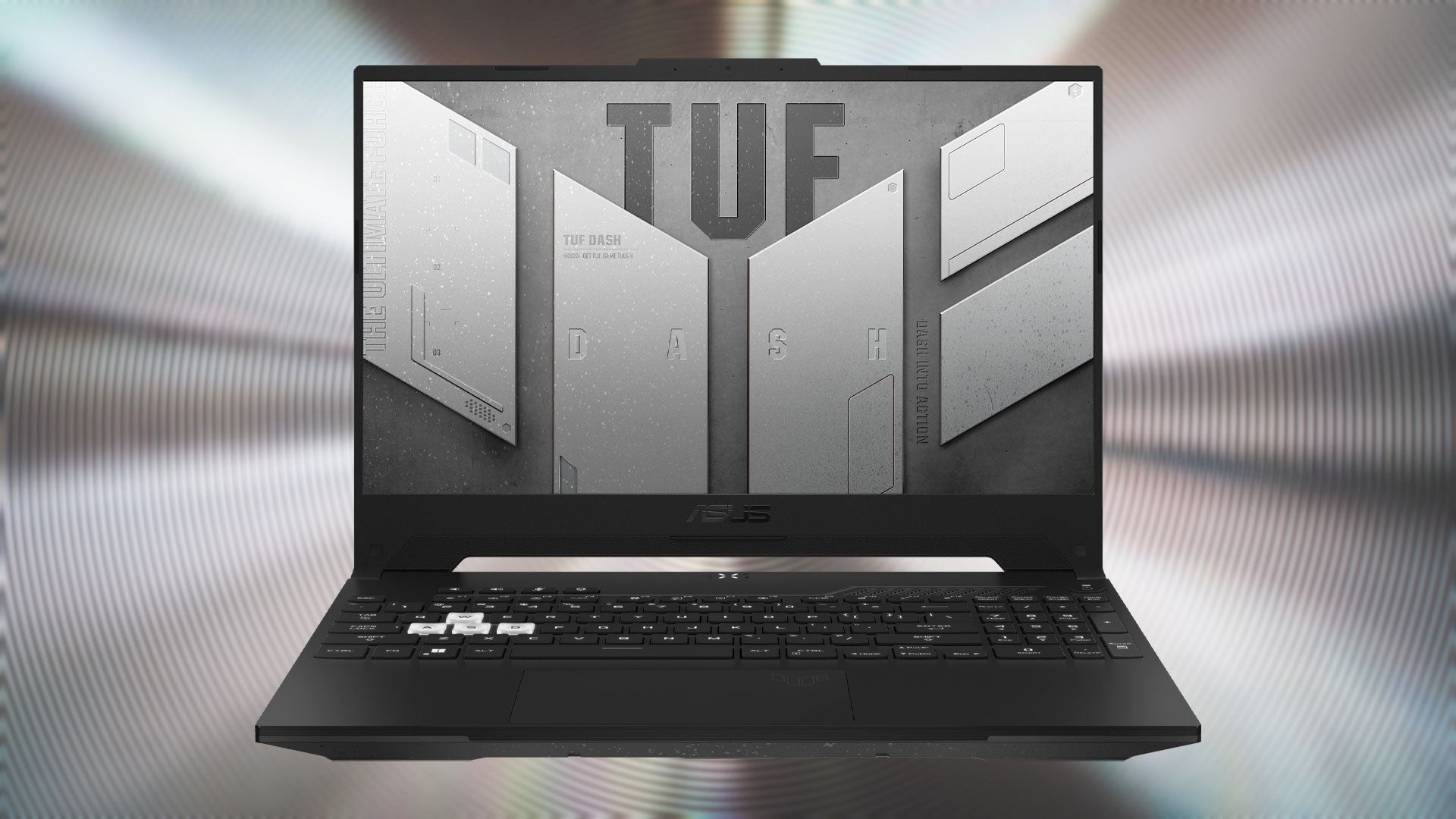Introduction
When it comes to choosing between a tablet and a laptop, it’s important to consider your specific needs and preferences. Both devices have their own advantages and limitations, so it’s crucial to weigh them against your requirements before making a decision.
Tablets have gained popularity in recent years due to their compact size, portability, and touch-screen interface. They are lightweight, making them easy to carry around and use on the go. Laptops, on the other hand, are known for their power and versatility, offering a wide range of features and capabilities.
In this article, we will compare tablets and laptops across various categories to help you determine which device is better for your needs. From portability and performance to display quality and software compatibility, we will explore the key factors that can influence your decision.
It’s essential to consider how you plan to use the device. Are you primarily looking for a device to browse the internet, watch videos, and check emails? Or do you require a device that can handle more demanding tasks, such as photo editing, video rendering, or software development? Understanding your usage requirements is crucial in choosing the right device.
Additionally, your budget will also play a significant role in your decision-making process. Tablets generally have a lower price point compared to laptops, but this can vary depending on the brand, features, and specifications. Keep in mind that more advanced features and higher performance often come at a higher price.
Now, let’s delve into the various aspects of tablets and laptops to help you make a well-informed decision based on your individual needs and preferences.
Portability
When it comes to portability, tablets have a clear advantage over laptops. Tablets are designed to be lightweight and compact, making them incredibly portable. They are slim and easy to carry around, fitting comfortably in a bag or even in one hand. Whether you’re traveling, commuting, or simply moving from room to room, tablets provide unmatched convenience.
Laptops, on the other hand, are typically bulkier and heavier compared to tablets. While there are thin and lightweight laptops available, they still don’t match the compactness and ease of carrying that tablets offer. Laptops are more suitable for those who need a device for extended periods of use or for tasks that require a larger screen and more processing power.
The touchscreen feature of tablets also enhances their portability, allowing users to interact directly with the screen without the need for a separate keyboard or mouse. This is particularly useful in scenarios where you need to quickly access information or perform simple tasks on the go.
Another key aspect to consider is battery life. Tablets generally have a longer battery life compared to laptops. This means that you can use your tablet for extended periods without having to charge it frequently. Laptops, especially those with high-performance specifications, tend to consume more power and may require more frequent charging.
Overall, if portability is a top priority for you, a tablet is the better choice. Its lightweight and compact design, along with the touchscreen interface, offer unmatched convenience for on-the-go use. However, if you require a larger screen, more processing power, and extended battery life, a laptop might be the more suitable option.
Performance
When it comes to performance, laptops typically outshine tablets due to their more robust hardware and processing capabilities. Laptops are equipped with faster processors, larger RAM capacities, and dedicated graphics cards, making them suitable for resource-intensive tasks such as gaming, video editing, and software development.
Tablets, while capable of handling basic tasks such as web browsing, email, and media consumption, are not designed to handle demanding applications that require significant processing power. They usually have less RAM and less powerful processors compared to laptops. As a result, tasks like multitasking, running complex software, or handling large datasets may be slower or even not possible on a tablet.
Furthermore, laptops provide a wider range of input options including full-size keyboards and trackpads. This makes them more conducive to long typing sessions and precise cursor control, which are important for tasks like writing, coding, and data entry. Tablets, on the other hand, often rely on virtual keyboards and touchscreens, which may not be as efficient or comfortable for extended use.
Additionally, laptops generally offer more storage options, including larger hard drives or faster solid-state drives (SSDs). This means you can store more files, install larger applications, and experience faster data transfer speeds. Tablets, although they may come with decent storage capacities, are more limited in terms of expansion options and typically prioritize portability over ample storage.
It’s important to consider your specific performance requirements when choosing between a tablet and a laptop. If you need a device for resource-intensive tasks, heavy multitasking, or running professional software, a laptop’s superior performance capabilities make it the better choice. However, if you primarily engage in light productivity tasks, consume media, or require a device for casual use, a tablet’s performance may be more than sufficient.
Display
The display is a crucial aspect to consider when choosing between a tablet and a laptop, as it directly affects your visual experience and productivity. While both devices offer screen displays, there are several differences in terms of size, resolution, and flexibility.
Tablets tend to have smaller displays compared to laptops, typically ranging from 7 to 12 inches diagonally. This compact size makes tablets lightweight and portable, but it also means a smaller screen real estate for viewing content and working on tasks. However, advancements in technology have allowed tablets to have high-resolution displays, resulting in sharp and vibrant visuals.
Laptops, on the other hand, offer a wider range of screen sizes, typically ranging from 13 to 17 inches diagonally. These larger screens provide a more immersive viewing experience, making them ideal for tasks that require multiple windows open side by side or detailed work such as graphic design or video editing. Laptops also come in a variety of resolutions, with some models offering higher pixel density for enhanced clarity.
One advantage that tablets have over laptops in terms of display is their ability to be used in different orientations. Tablets often support portrait and landscape modes, allowing for greater flexibility and convenience when reading, watching videos, or playing games. Laptops, while they may have rotating or touchscreens, are primarily designed for a traditional landscape orientation.
Another aspect to consider is touch sensitivity. Tablets have touch-sensitive screens, allowing for direct interaction with content using fingers or a stylus. This can be advantageous for tasks that require precise input or for navigating touch-based interfaces. Laptops, while some models may have touchscreens, primarily rely on cursor control with a touchpad or an external mouse.
In summary, tablets offer compactness, high resolution, and touch-optimized displays, making them suitable for casual use and media consumption. Laptops, with their larger screens and more versatile orientation, are better suited for productivity tasks and applications that require a broader workspace.
Input Options
When it comes to input options, tablets and laptops offer different methods of interaction that cater to different user preferences and tasks.
Tablets primarily rely on a touchscreen interface, allowing users to interact directly with the screen using their fingers or a stylus. This touch-sensitive screen enables intuitive navigation, gesture-based input, and handwriting recognition. It’s especially advantageous for tasks that require drawing, note-taking, or sketching. Some tablets also support external keyboards that can be connected wirelessly or using a dock, providing a more traditional typing experience.
Laptops, on the other hand, offer a more comprehensive range of input options. They feature a physical keyboard, which is essential for typing-intensive tasks such as writing documents, coding, or data entry. Laptops also come with a touchpad or a pointing stick, allowing for precise cursor control and navigation. In addition, many laptops offer USB ports, which enable the connection of external peripherals such as a mouse or a printer.
Furthermore, laptops often provide a wider variety of connectivity options such as HDMI, Ethernet, and SD card slots. These additional ports and slots allow for easy connection to external displays, wired networks, and the transfer of data from memory cards or other devices. Tablets, on the other hand, may have limited or no ports, requiring the use of adapters or wireless connections for certain peripherals or connectivity needs.
It’s important to consider the type of input you prefer and the tasks you regularly perform when deciding between a tablet and a laptop. If you rely heavily on typing or require a more extensive range of input options for productivity tasks, a laptop’s physical keyboard and varied connectivity options make it a better choice. However, if you prioritize ease of touchscreen interaction, handwriting capabilities, or portability, a tablet’s touch-sensitive screen and optional external keyboard may be more suitable.
Battery Life
Battery life is an important consideration when choosing between a tablet and a laptop, especially if you rely on your device for extended periods away from a power source.
Generally, tablets have a longer battery life compared to laptops. Tablets are designed to be portable devices that can be used on the go, and as a result, they are optimized for power efficiency. With their smaller screens, low-power processors, and software optimizations, tablets can typically provide several hours of continuous use on a single charge.
Laptops, on the other hand, are more powerful devices with larger screens and energy-intensive components like processors and graphics cards. As a result, laptops tend to consume more power and have shorter battery lives compared to tablets. While there are laptops available with improved energy efficiency and longer battery lives, they generally cannot match the long-lasting performance of tablets.
It’s important to consider your usage habits and requirements when considering battery life. If you need a device that can last through a long flight or workday without needing to be plugged in, a tablet may be the better choice. Tablets typically provide sufficient battery life for tasks like web browsing, media consumption, and general productivity.
However, if you require a device for more demanding tasks that require higher processing power, such as graphic design or video editing, a laptop’s shorter battery life may be more manageable. Additionally, some laptops offer features like rapid charging or extended battery options, which can help mitigate the issue of shorter battery life.
Ultimately, the decision between a tablet and a laptop regarding battery life depends on your specific needs. If long battery life is a priority and you primarily engage in light to moderate tasks, a tablet’s battery efficiency will serve you well. However, if you need a device with more processing power and are willing to sacrifice some battery life, a laptop may be the more suitable choice.
Software Compatibility
Software compatibility is an essential factor to consider when deciding between a tablet and a laptop, as it determines the range of applications and software you can use on the device.
Laptops, being full-fledged computers, offer greater software compatibility compared to tablets. They run on operating systems such as Windows, macOS, or Linux, which support a wide range of professional software, productivity tools, and specialized applications. This makes laptops a preferred choice for tasks that require complex software, such as graphic design, programming, 3D modeling, or video editing.
Tablets, on the other hand, often operate on mobile operating systems such as iOS (for iPads) or Android. While these operating systems have their own app stores with a vast selection of applications, the availability of specialized or professional software on tablets may be more limited. Tablets are generally more suitable for tasks like web browsing, email, social media, media consumption, and basic productivity applications.
That being said, tablets have a significant advantage when it comes to mobile apps. They provide access to a wide range of mobile-optimized applications, including games, entertainment, fitness, and productivity apps. Tablets are well-suited for on-the-go usage and offer a smooth and user-friendly experience for app usage, making them popular choices for casual users or those prioritizing convenience and mobility.
Another consideration is the touch-optimized interface of tablets. Many applications are designed specifically for touch interaction, providing a seamless and intuitive user experience. This can be particularly useful in creative tasks such as drawing, sketching, or annotation, where the touchscreen adds an element of natural and precise input.
Ultimately, your choice between a tablet and a laptop regarding software compatibility should be based on your specific needs and the software requirements of the tasks you regularly perform. If you heavily rely on specialized software or require access to a broader range of applications, a laptop’s greater software compatibility makes it the preferred choice. However, if you prioritize the availability of mobile apps and touch-optimized interfaces, and your tasks do not require advanced software functionalities, a tablet may be more suitable.
Multitasking
Multitasking refers to the ability to perform multiple tasks simultaneously or switch between tasks quickly and efficiently. When it comes to multitasking capabilities, laptops generally have an advantage over tablets.
Laptops are designed to handle multitasking with ease, thanks to their powerful processors, ample memory, and robust operating systems. With a laptop, you can have multiple applications open and switch between them seamlessly. This is particularly useful for tasks that require running multiple software applications simultaneously, such as working with large datasets, editing videos while referencing other files, or coding while testing applications in real-time.
Tablets, on the other hand, have limitations when it comes to multitasking. While some tablets offer a split-screen feature that allows you to view and interact with two applications side by side, the overall multitasking experience is more restricted compared to laptops. Tablets typically have less memory and processing power, which can impact their ability to handle resource-intensive tasks or switch seamlessly between multiple applications.
However, it’s important to note that tablets excel in certain types of multitasking that are tailored to their form factor and touch-optimized interfaces. For example, tablets allow you to quickly switch between apps, access a floating calculator while working on a document, or use side-by-side notetaking while reading an e-book. These types of multitasking scenarios lend themselves well to the compact and intuitive nature of tablets.
In summary, if your work involves heavy multitasking, running resource-intensive applications, or switching between multiple tasks frequently, a laptop would be the better choice. The larger screens, more powerful processors, and greater memory capacity of laptops make them more suited for such work scenarios. However, if your multitasking needs are less demanding and you prefer the portability and touch-based experiences offered by tablets, they can still provide a sufficient level of multitasking capabilities for casual use and productivity tasks.
Storage Capacity
Storage capacity is an important consideration when choosing between a tablet and a laptop, as it determines how much data, files, and applications you can store on the device.
Laptops generally offer larger storage capacities compared to tablets. They come with various options, including traditional hard disk drives (HDDs) or faster solid-state drives (SSDs). This allows you to store a significant amount of data, such as documents, photos, videos, and applications, without worrying about running out of space. Some laptops also provide the option to upgrade or expand storage capacity, either by swapping in a larger drive or adding external storage devices via USB or other ports.
Tablets, on the other hand, tend to have more limited storage capacities. This is due to their compact design and focus on portability rather than offering large storage options. While tablets typically have built-in storage, it may be limited to a certain number of gigabytes (GBs) or terabytes (TBs). Some tablets may also provide the option to expand the storage capacity using a microSD card or through cloud storage services.
It’s important to assess your storage needs and consider the type of data you will be storing on the device. If you require a device for storing a large number of files, big applications, or multimedia content like high-resolution videos or RAW images, a laptop’s larger storage capacity makes it the practical choice.
However, if your storage needs are more modest, such as primarily accessing cloud storage or streaming media content online, a tablet’s smaller storage capacity might be sufficient. Tablets are well-suited for tasks that rely heavily on internet connectivity and cloud-based services, allowing you to access files and content without needing to store them locally on the device.
Additionally, it’s worth considering that cloud storage services are becoming increasingly popular and accessible. These services allow you to store and access files remotely, freeing up local storage space on your device. With cloud storage, both tablets and laptops can benefit from expanded storage options without the need for physical storage upgrades or external devices.
In summary, laptops offer larger storage capacities and more flexibility for expanding storage as per your needs. If you have a substantial amount of data or applications to store, or if you prefer having all your files locally, a laptop may be the better option. However, if you primarily rely on cloud storage or have minimal storage requirements, a tablet’s smaller storage capacity can suffice.
Price
Price is an important factor to consider when deciding between a tablet and a laptop, as it can greatly impact your purchasing decision.
In general, tablets tend to have a lower price point compared to laptops. Tablets come in a variety of price ranges, from budget-friendly options to higher-end models with advanced features. The lower price of tablets can be attributed to their smaller size, less powerful hardware, and more limited functionality compared to laptops.
Laptops, on the other hand, typically have a higher price range due to their more robust hardware, larger screens, and increased functionality. The price of a laptop can vary significantly depending on factors such as brand, specifications, design, and additional features. Higher-performance laptops with dedicated graphics cards, larger storage capacities, and faster processors will generally come at a higher price point.
When considering the price, it’s important to evaluate your specific needs and budget. Determine the tasks you’ll be using the device for and prioritize the features and performance level required. If you need a device primarily for basic tasks like web browsing, media consumption, or light productivity work, a tablet may offer the best value for your money. Tablets can provide a balance between affordability and functionality, especially for casual users or those on a budget.
On the other hand, if you require a device with more processing power, a larger screen, and the ability to handle resource-intensive tasks, a laptop might be the better investment. Although laptops are generally more expensive, they offer a wider range of capabilities and are better suited for professional work, gaming, or demanding software requirements.
It’s worth mentioning that the price of both tablets and laptops can vary greatly depending on the brand, model, and specifications. It’s always a good idea to compare prices, read reviews, and consider the long-term value and functionality of the device before making a purchase decision.
In summary, tablets typically offer a more affordable option for those with basic computing needs or a limited budget. Laptops, although generally more expensive, provide a wider range of capabilities and are a better choice for those who require more power and functionality. Consider your specific requirements, evaluate the price-value ratio, and choose the device that best meets your needs and budget.
Conclusion
Choosing between a tablet and a laptop depends on your individual needs, preferences, and usage requirements. Both devices offer distinct advantages and limitations, making it important to consider various factors before making a decision.
If portability and convenience are your priorities, a tablet is the ideal choice. Tablets are lightweight, compact, and designed for on-the-go use. They offer touch-based interfaces, longer battery life, and are well-suited for casual tasks such as web browsing, media consumption, and basic productivity.
On the other hand, if you need a device with more processing power, a larger screen, and the ability to handle resource-intensive tasks, a laptop is your best bet. Laptops offer superior performance, multitasking capabilities, and a wider range of input options. They are suitable for professional work, software development, graphic design, gaming, and multitasking.
Consider factors like display size, software compatibility, storage capacity, battery life, and price when making your decision. It’s essential to align the device’s features with your specific usage needs. Both laptops and tablets have unique features and strengths that cater to different users and tasks.
Ultimately, the choice between a tablet and a laptop boils down to the tasks you need to accomplish and your budget. Assess your requirements, prioritize the features that are most important to you, and make an informed decision.
Remember, technology is continually evolving, and what may be the best choice for you today may not be the same in the future. Regularly reassess your needs and stay updated with the advancements in tablet and laptop technology to ensure you have the right device for your needs.







